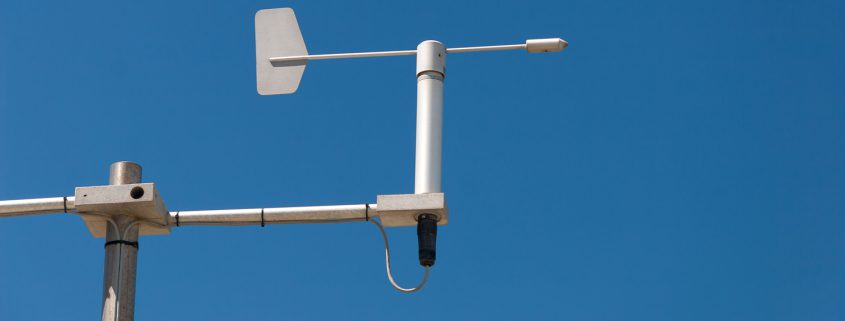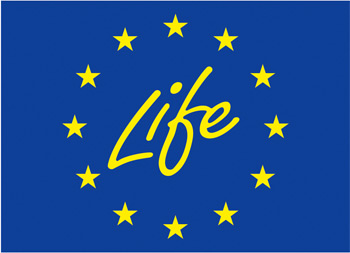The software “BAT-Tool” is available online, and it has been realized within the project’s actions of the agricultural sector. The calculation tool makes it possible to estimate ammonia emissions starting from the data on the techniques applied in intensive pig and poultry farming and to compare different scenarios, providing also simplified information on other gases emitted by the plants.
The BAT-Tool software is a supporting tool in the review procedures of the Integrated Environmental Authorizations and for other obligations that require an assessment of emissions. It represents a first step towards the creation of a common farms emissions evaluation model of the Po basin, foreseen as a project output. Its final version will include other species bred in farms and other pollutants, and it will have an integrated approach between the different environmental components.
The BAT-Tool has been developed by the Emilia-Romagna Region together with the working group of PREPAIR, it has already undergone a test phase that involved technical experts of the sector in different regions and allowed to develop different aspects. The tool is now freely accessible after registering at the following link: http://www.crpa.it/battool
Among the already active functions, it is possible for plants manager to export the data inserted and use them for the presentation of questions or requests.
The user manual can be downloaded by our website’s page dedicated to the agricultural actions (Italian only).





